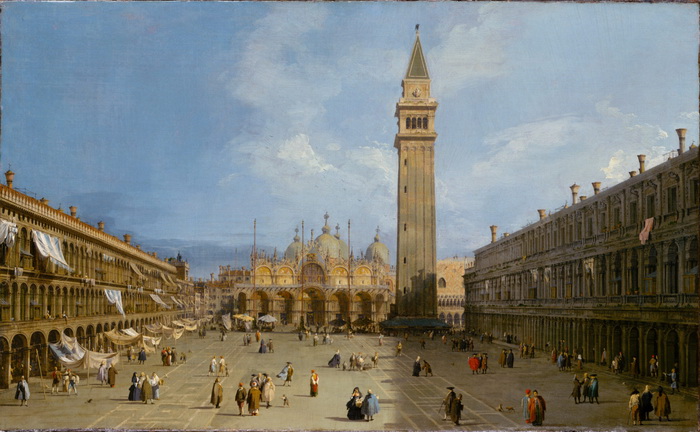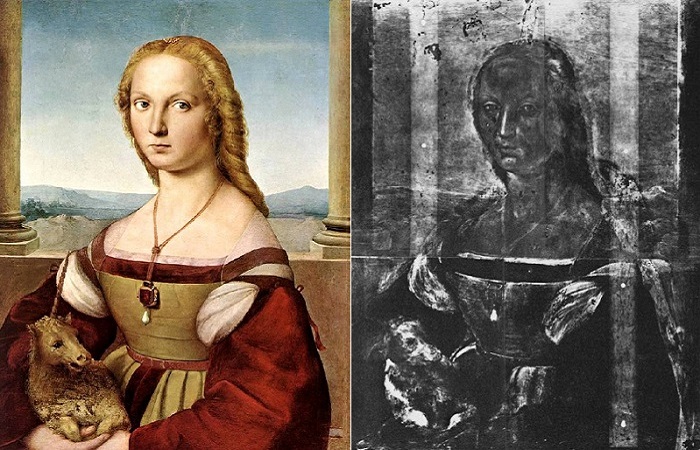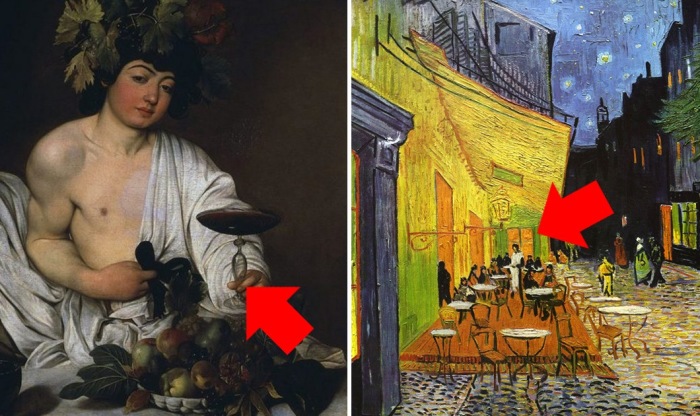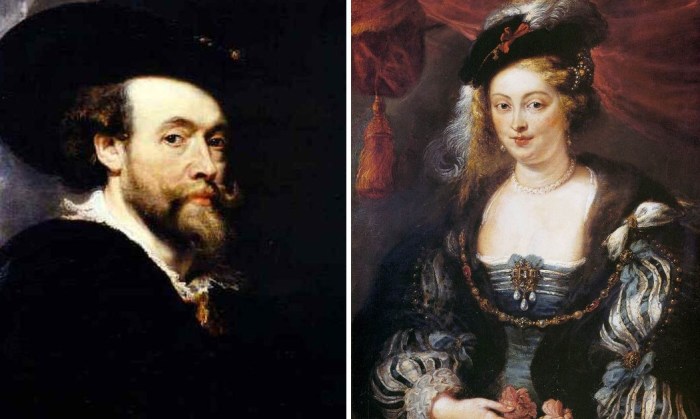How Pavel Tretyakov competed with the emperor
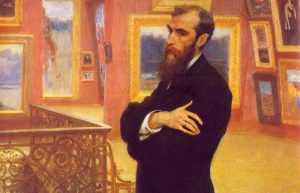 Before the revolution, patronage of the arts was considered not only charitable, but also beneficial for the donor himself, and the point here was not taxes at all. According to the ideas of merchants in the old days, this activity avoided the terrible temptation – the power of money. Most often, wealthy industrialists became patrons of shelters, hospitals, and educational institutions. At first, the partners and competitors laughed at the Tretyakov brothers’ passion for painting, but time, of course, put everything in its place.
Before the revolution, patronage of the arts was considered not only charitable, but also beneficial for the donor himself, and the point here was not taxes at all. According to the ideas of merchants in the old days, this activity avoided the terrible temptation – the power of money. Most often, wealthy industrialists became patrons of shelters, hospitals, and educational institutions. At first, the partners and competitors laughed at the Tretyakov brothers’ passion for painting, but time, of course, put everything in its place.
Pavel and Sergey Tretyakov were the eldest children in a well-known merchant family. Continue reading
What is special about the landscapes that are called the most Italian: Veduta and Capriccio
 History did not preserve the name of the tourist that the first one wanted to take away from Italy a picturesque “postcard” in memory of the trip and thereby laid the foundation for a whole direction in the visual arts. However, it is unlikely that such a lover of beauty was the only one – this country in the south of Europe would sooner or later seduce connoisseurs with its landscapes immortalized on canvas.
History did not preserve the name of the tourist that the first one wanted to take away from Italy a picturesque “postcard” in memory of the trip and thereby laid the foundation for a whole direction in the visual arts. However, it is unlikely that such a lover of beauty was the only one – this country in the south of Europe would sooner or later seduce connoisseurs with its landscapes immortalized on canvas.
Translated from Italian, “Veduta” means “view”. This is a picture, drawing or engraving, which details the city landscape. In fact, Veduta is the prototype of photography, the golden rule of this genre is great accuracy. Therefore, the one who ordered the artist a city landscape really took home the memories of his journey. Continue reading
10 skillful fakes that museums took for originals
 Artistic fakes are a very real threat that museums constantly have to contend with. Fake artifacts appear in many museums from time to time, which can be displayed for several years before specialists realize that this is a fake. For counterfeiters, the high price tags attached to these fakes are often an incentive to continue to create fakes. Art fraudsters often go to great lengths to trick museums into acquiring their work. Some fakes are so good that it is difficult for historians and archaeologists to distinguish them from real things. Among the museums that became victims of fakes is even the famous Louvre Museum, where for many years successful copies were exhibited instead of the originals, and no one even knew about it. Continue reading
Artistic fakes are a very real threat that museums constantly have to contend with. Fake artifacts appear in many museums from time to time, which can be displayed for several years before specialists realize that this is a fake. For counterfeiters, the high price tags attached to these fakes are often an incentive to continue to create fakes. Art fraudsters often go to great lengths to trick museums into acquiring their work. Some fakes are so good that it is difficult for historians and archaeologists to distinguish them from real things. Among the museums that became victims of fakes is even the famous Louvre Museum, where for many years successful copies were exhibited instead of the originals, and no one even knew about it. Continue reading
Ciphers, signs and self-portraits: How artists of the past signed their paintings
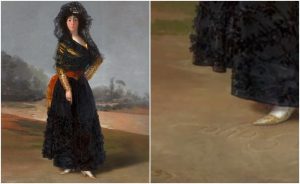 Not every masterpiece of painting contains the signature of the artist. There were reasons for this, both at the dawn of the Renaissance and in the modern era; they are now. Some of the works were “signed” by the masters in unusual ways – symbols in which an indication of the identity of the author was hidden. Bones, butterflies, cats appeared in the paintings for a reason.
Not every masterpiece of painting contains the signature of the artist. There were reasons for this, both at the dawn of the Renaissance and in the modern era; they are now. Some of the works were “signed” by the masters in unusual ways – symbols in which an indication of the identity of the author was hidden. Bones, butterflies, cats appeared in the paintings for a reason.
Why it was not customary to sign a work before
Having finished work, put your signature in the lower right corner of the picture – a custom that entered the practice of artists during the early Renaissance. Alas, authorship of earlier works is often not possible to establish – primarily because of the lack of signatures on them. Continue reading
10 paintings by great artists
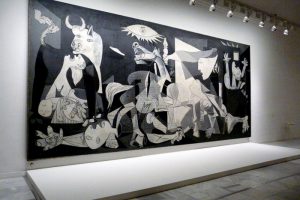 Before the invention of photography, People kept the memory of various historical events in the paintings. Such paintings often romanticized the struggle or presented various scenes in a distorted form to convey the horror experienced by our ancestors. Here are examples of the darkest and most disturbing paintings, which depict historical atrocities and disasters over the past 450 years. They perfectly reflect the horrors that happened many years ago.
Before the invention of photography, People kept the memory of various historical events in the paintings. Such paintings often romanticized the struggle or presented various scenes in a distorted form to convey the horror experienced by our ancestors. Here are examples of the darkest and most disturbing paintings, which depict historical atrocities and disasters over the past 450 years. They perfectly reflect the horrors that happened many years ago.
1. Beating of infants (c. 1565-1567). Peter Brueghel the Elder
Bruegel, a Flemish Renaissance artist, based the plot of his painting on biblical history. The Jewish king Herod the Great, learning about the birth of a baby who will become the new king of ancient Israel and Judea, ordered to kill all the boys under the age of 2 years. Continue reading
